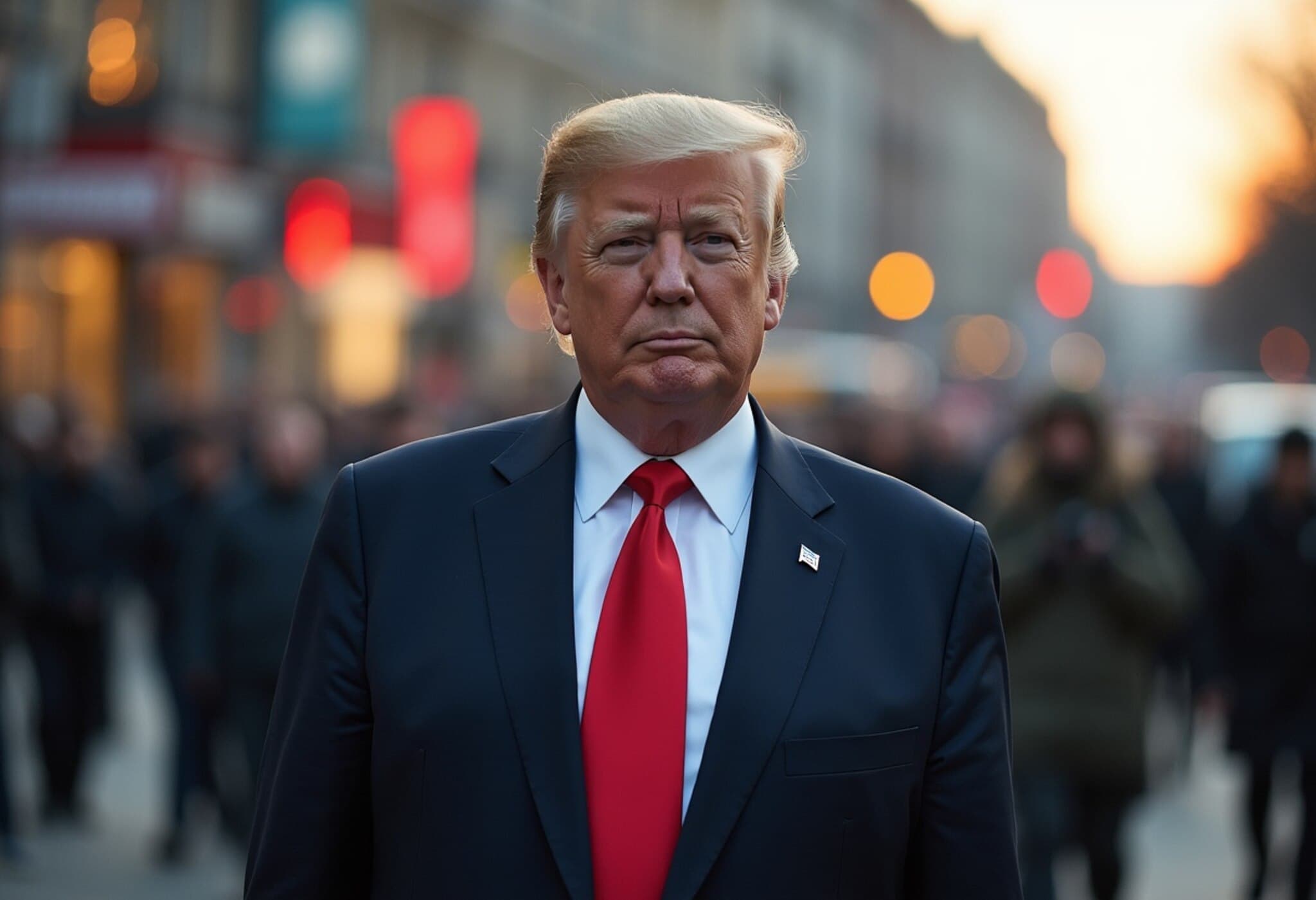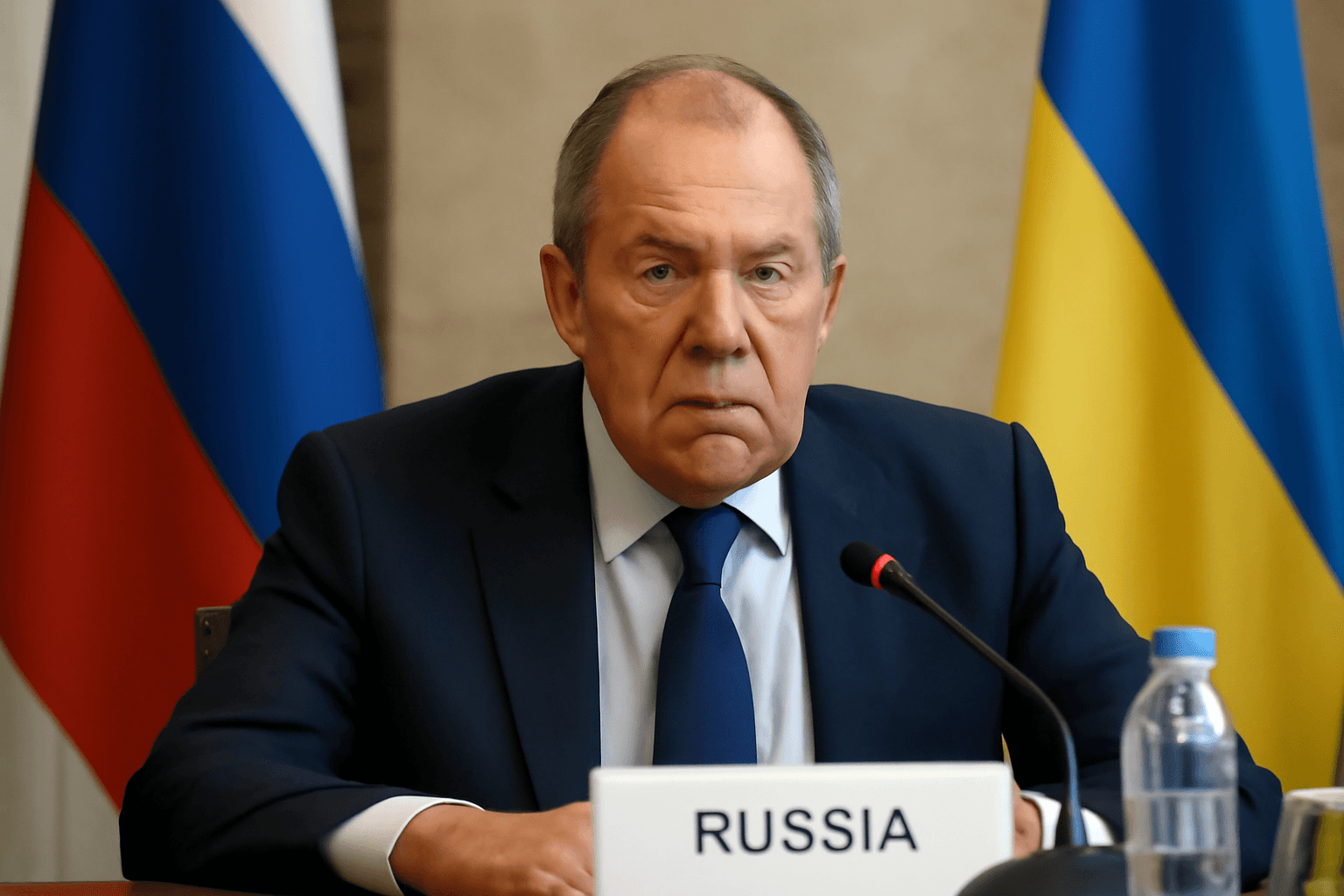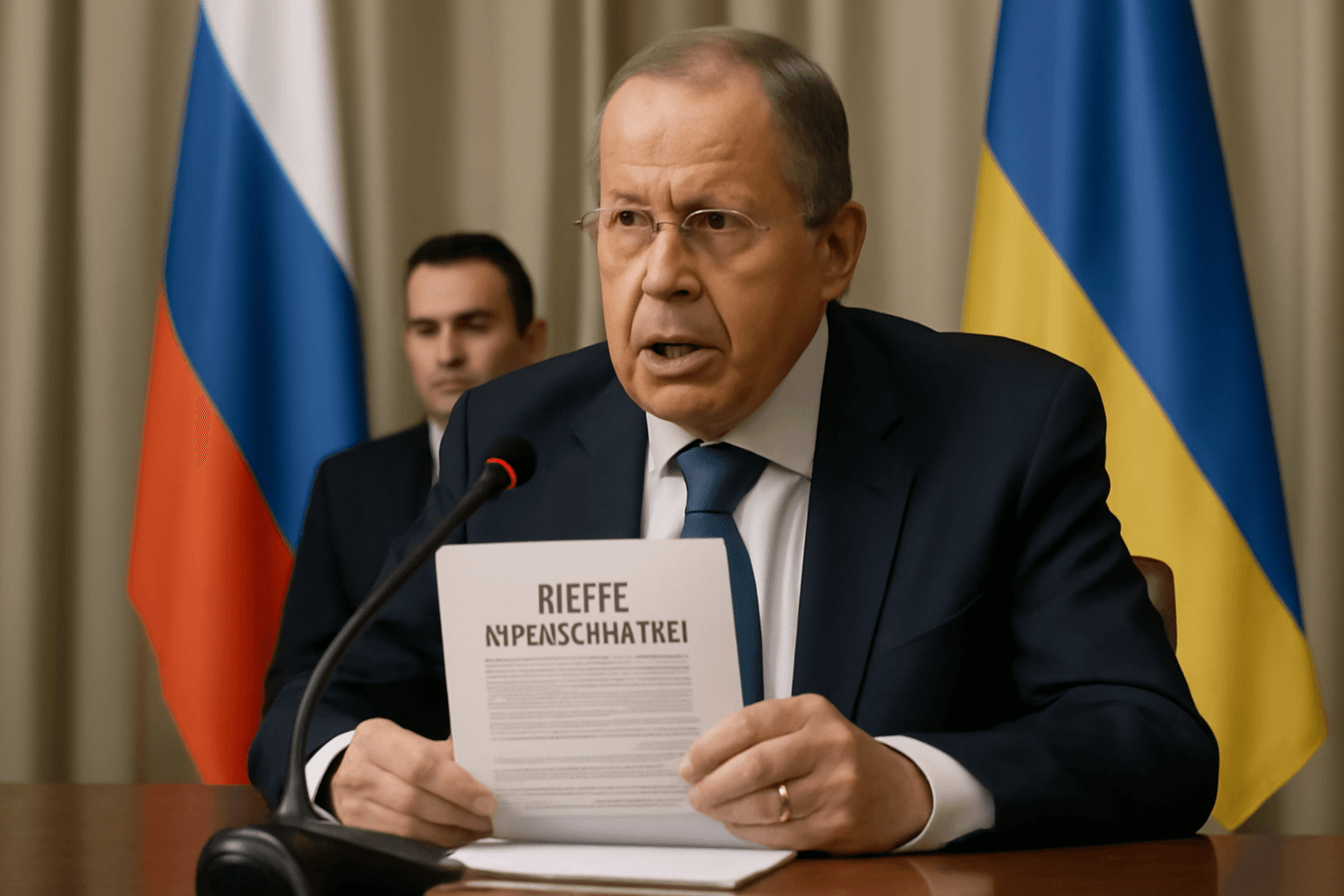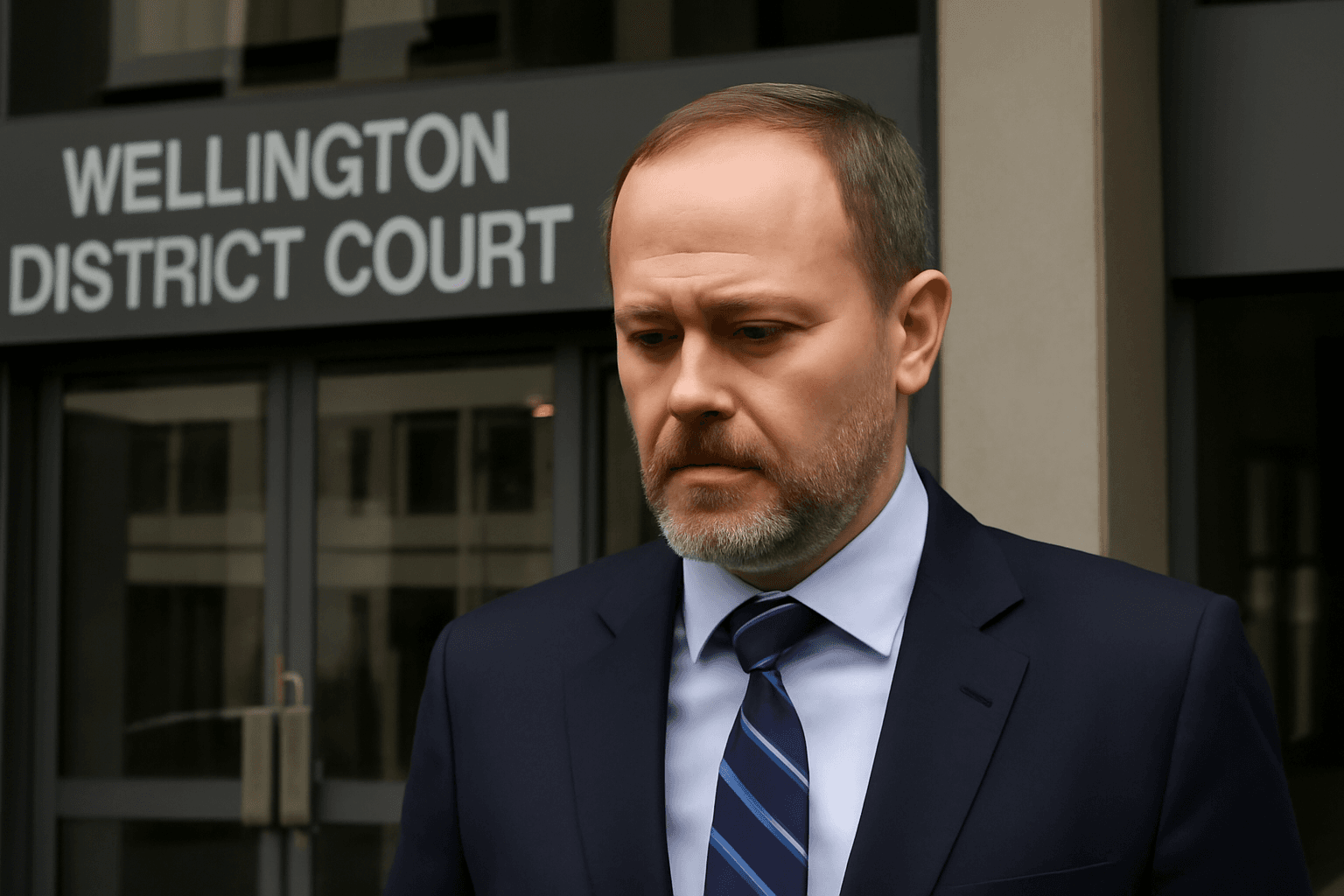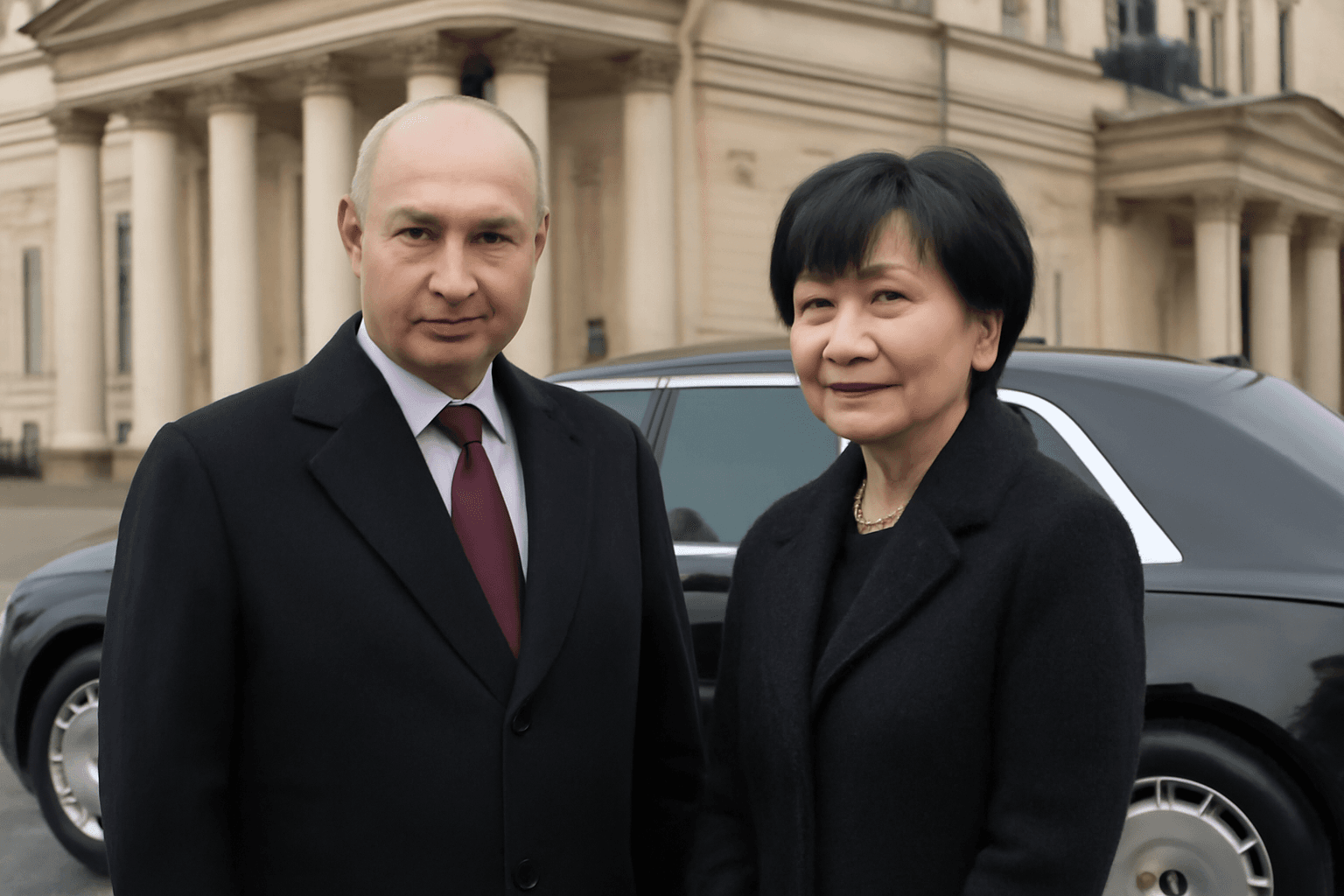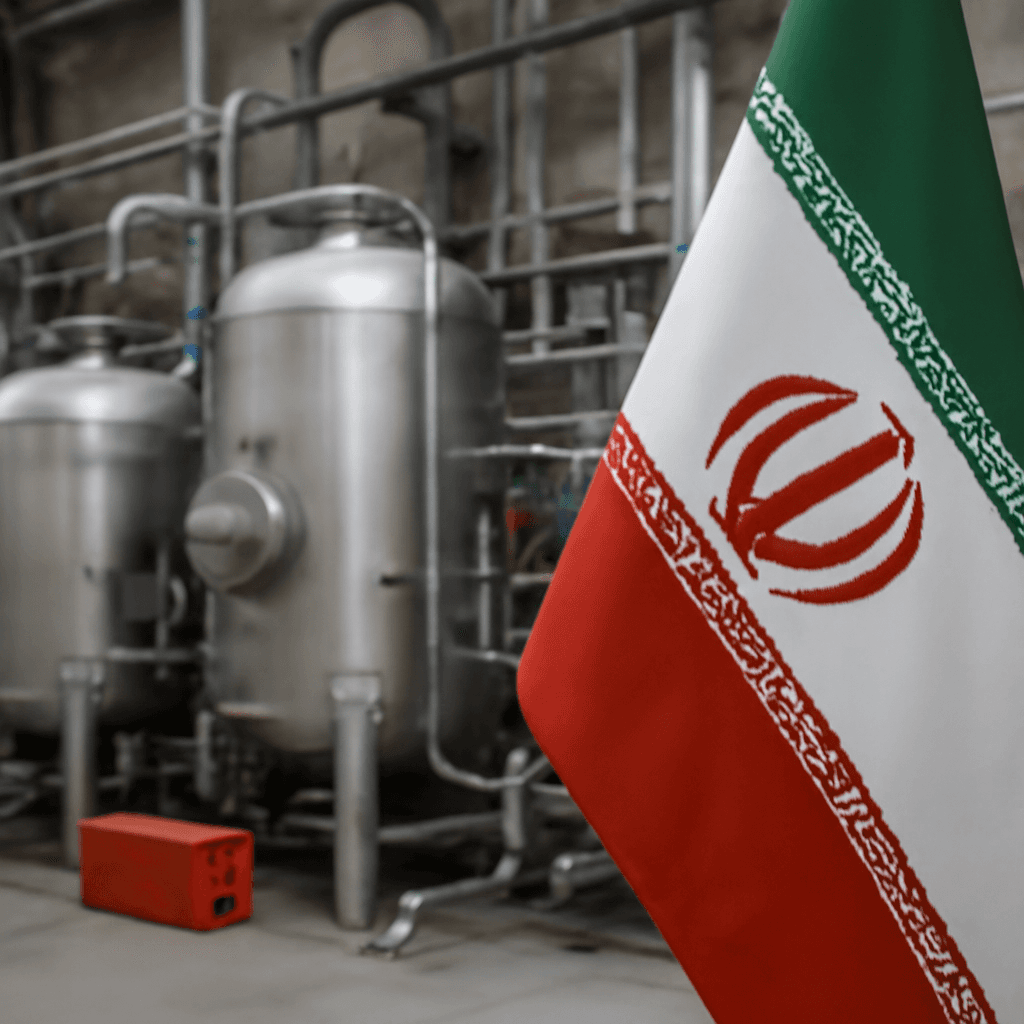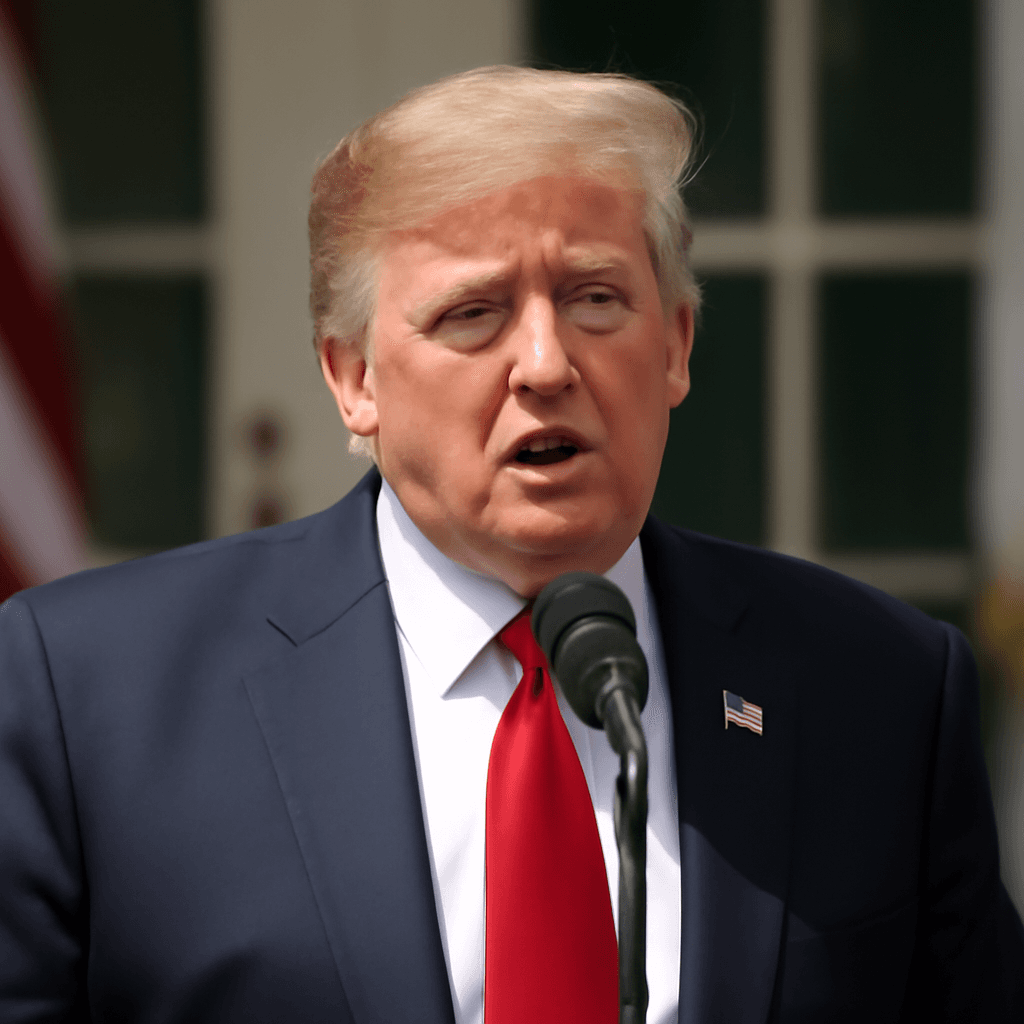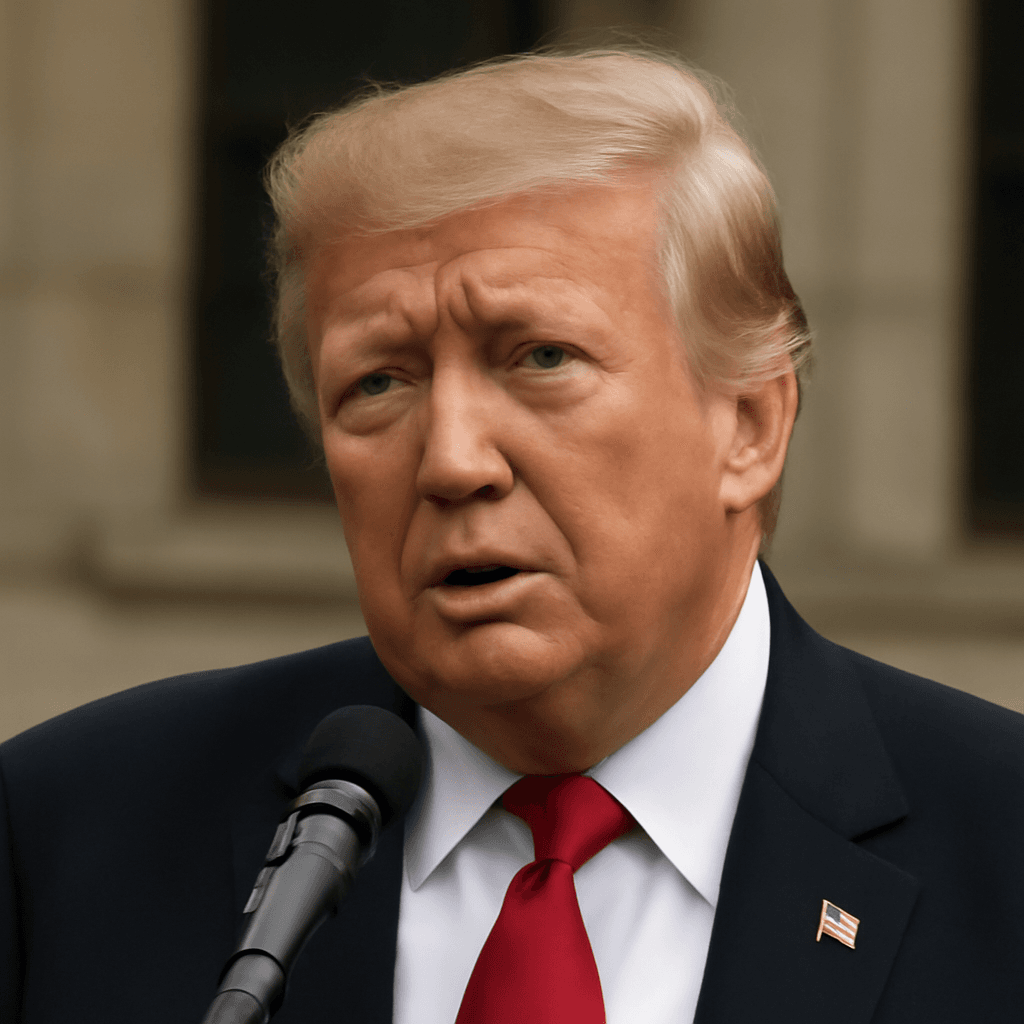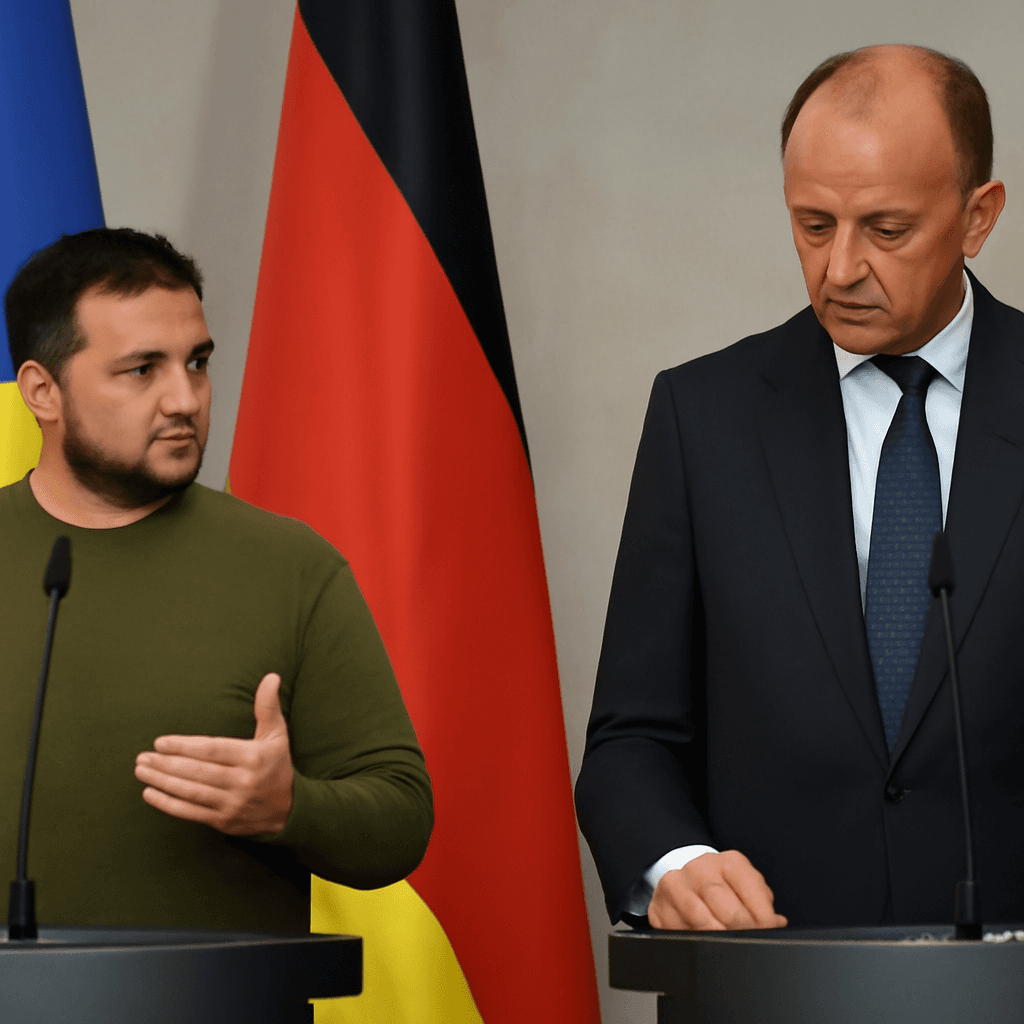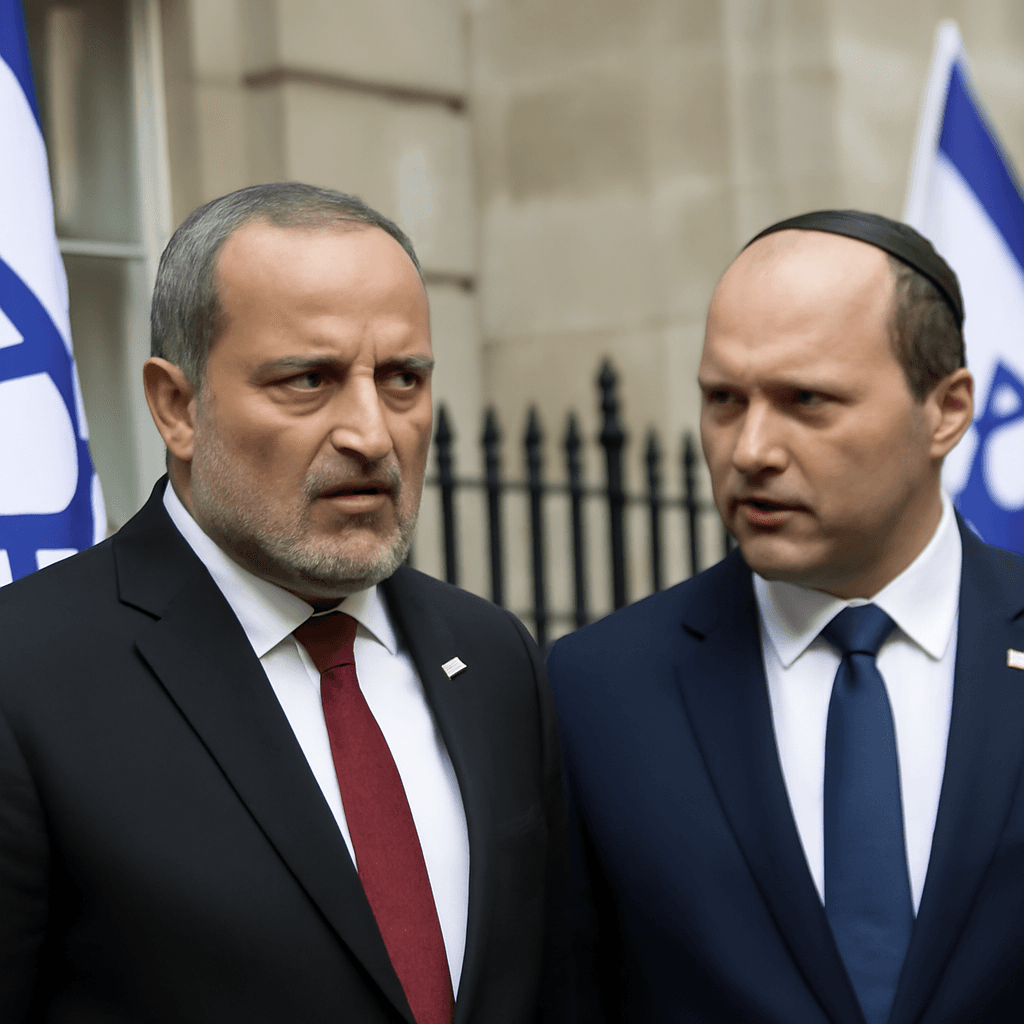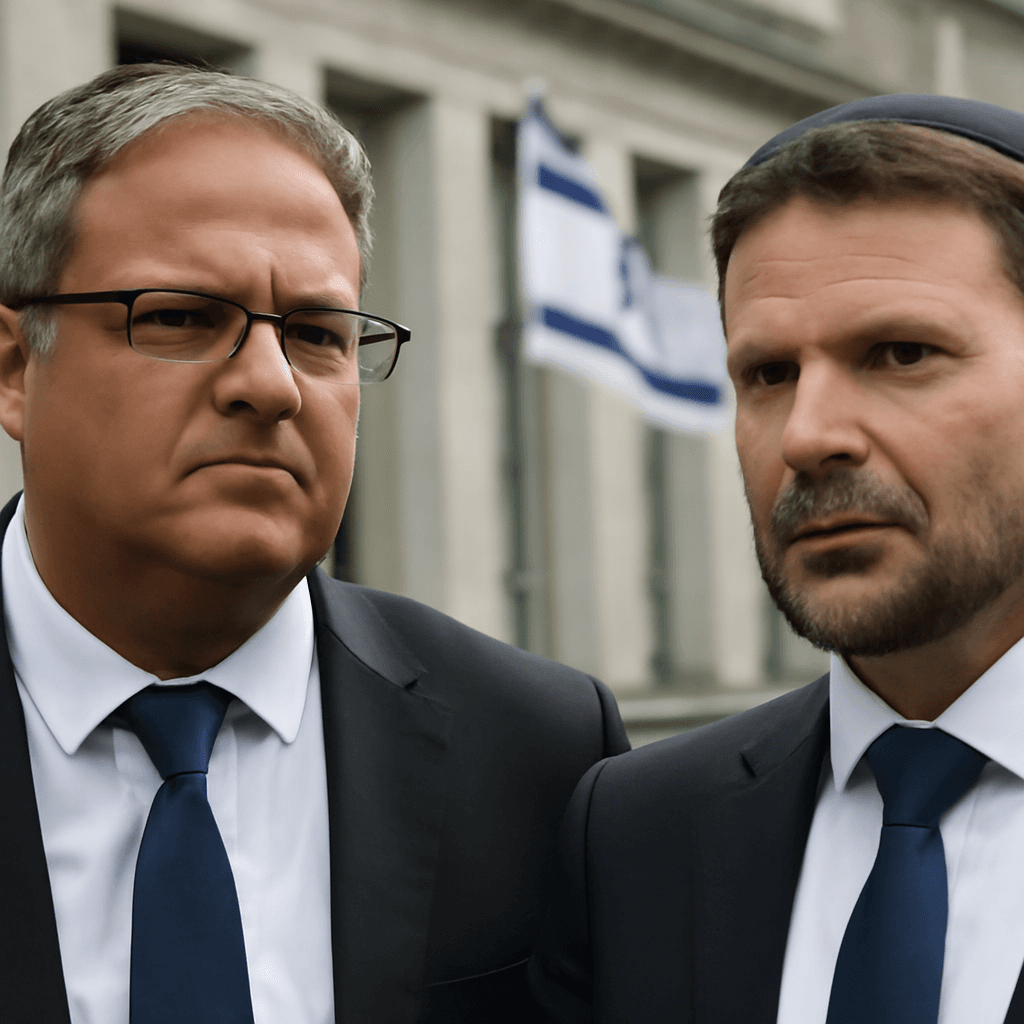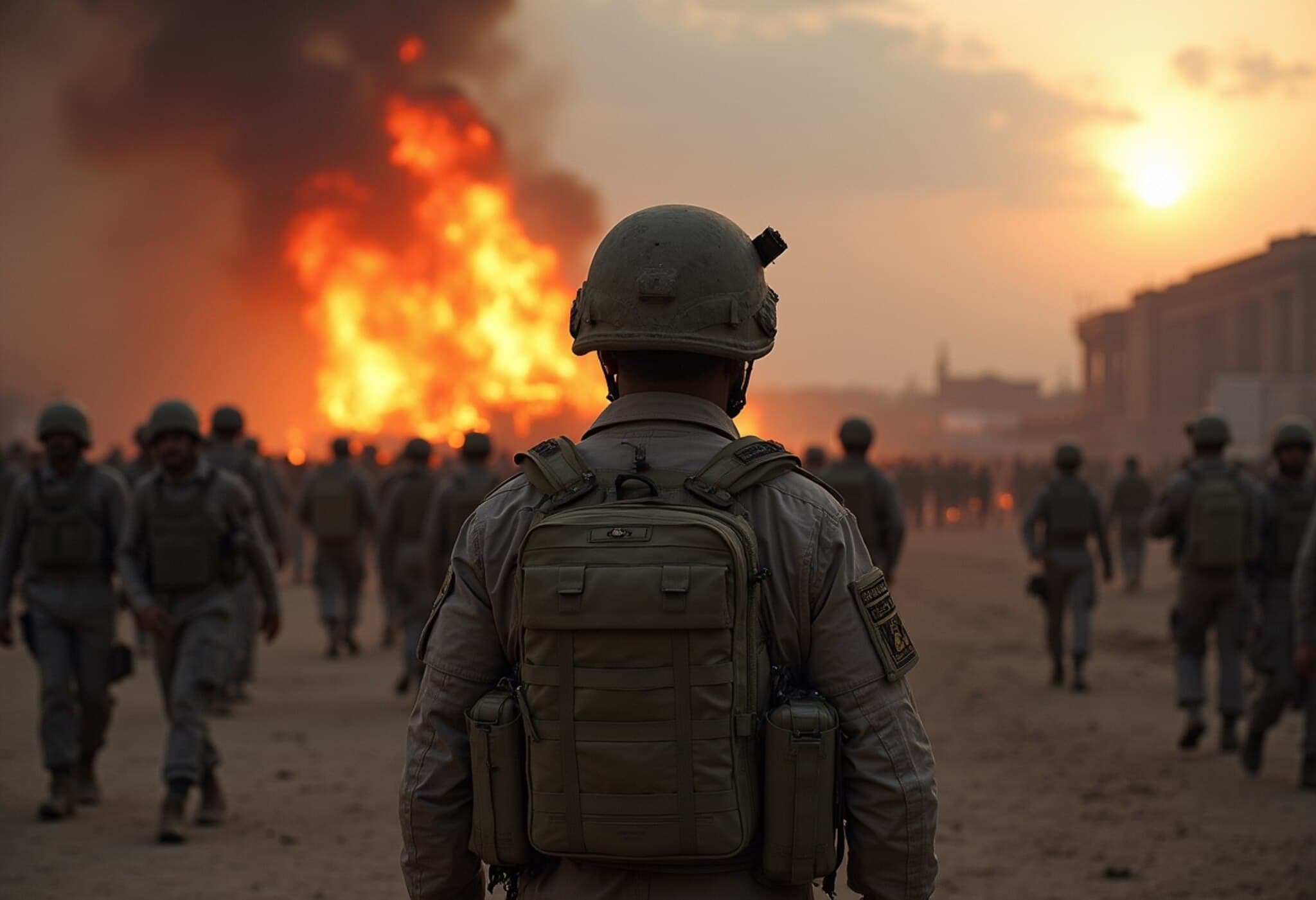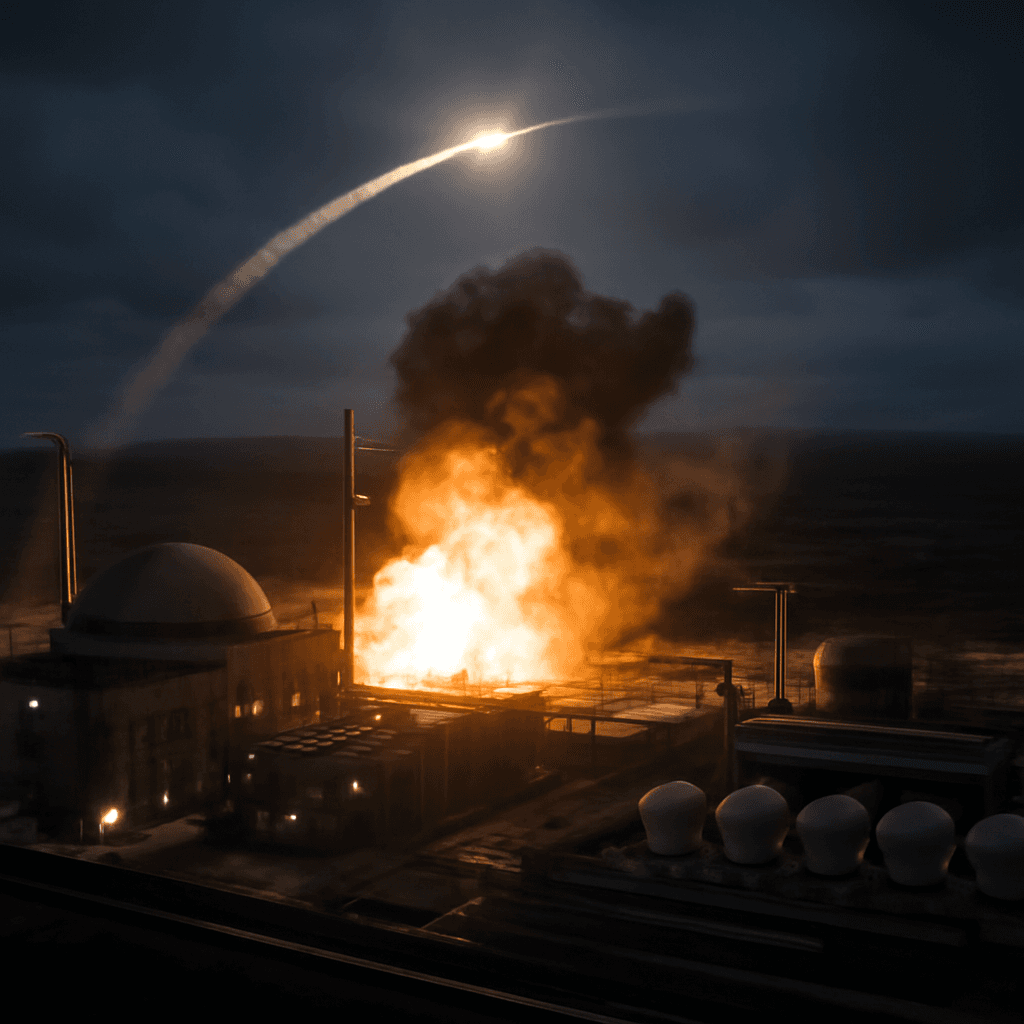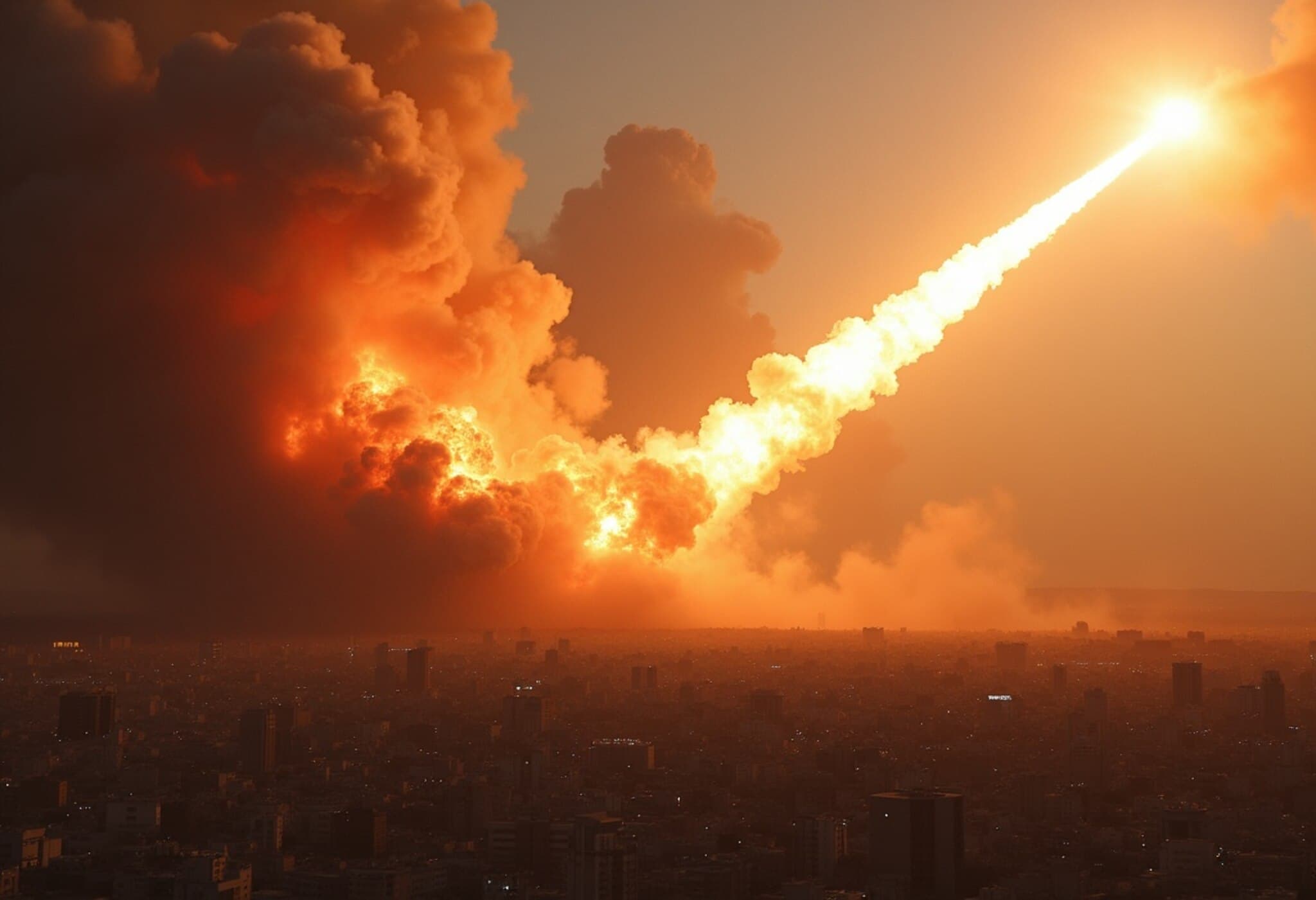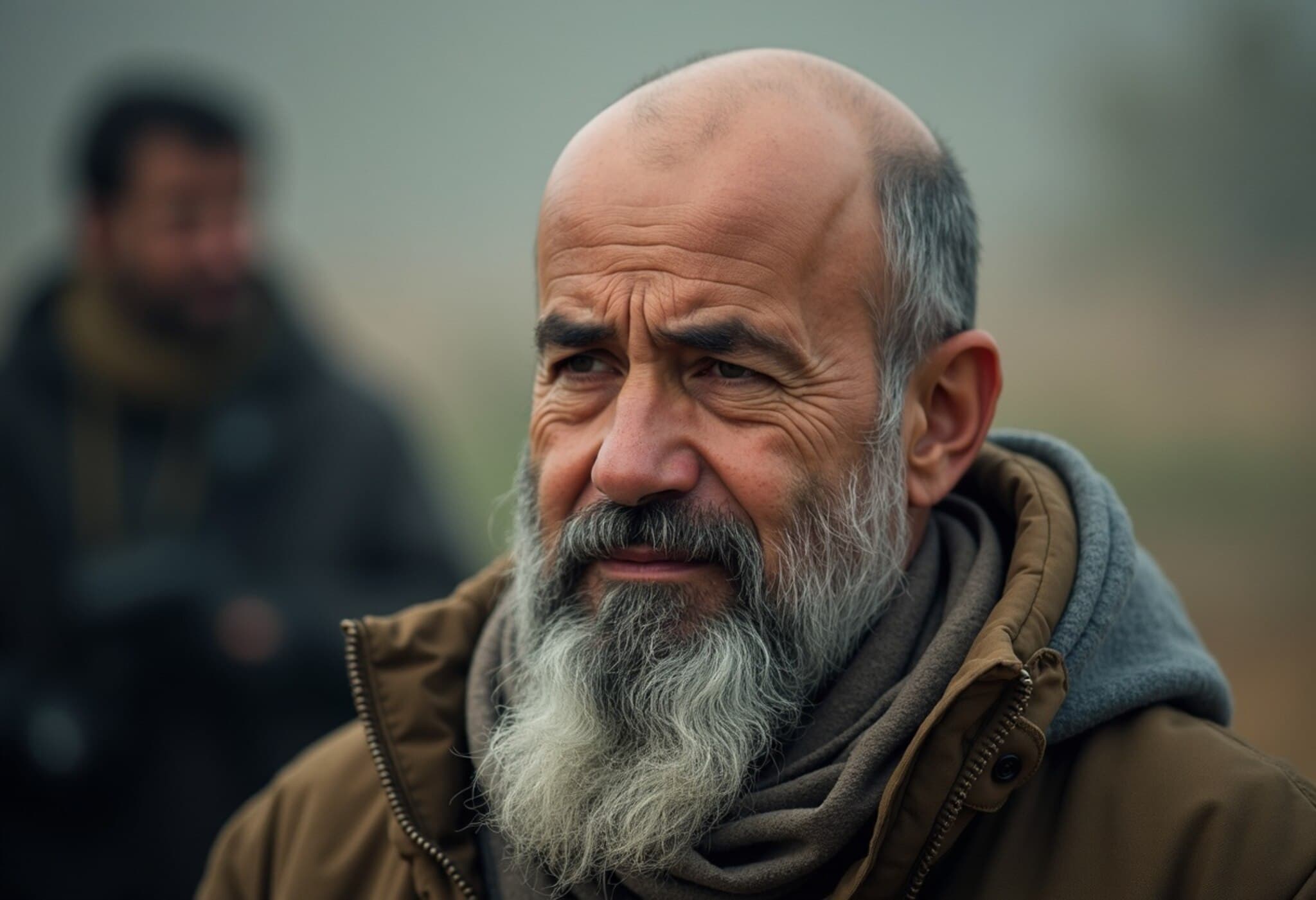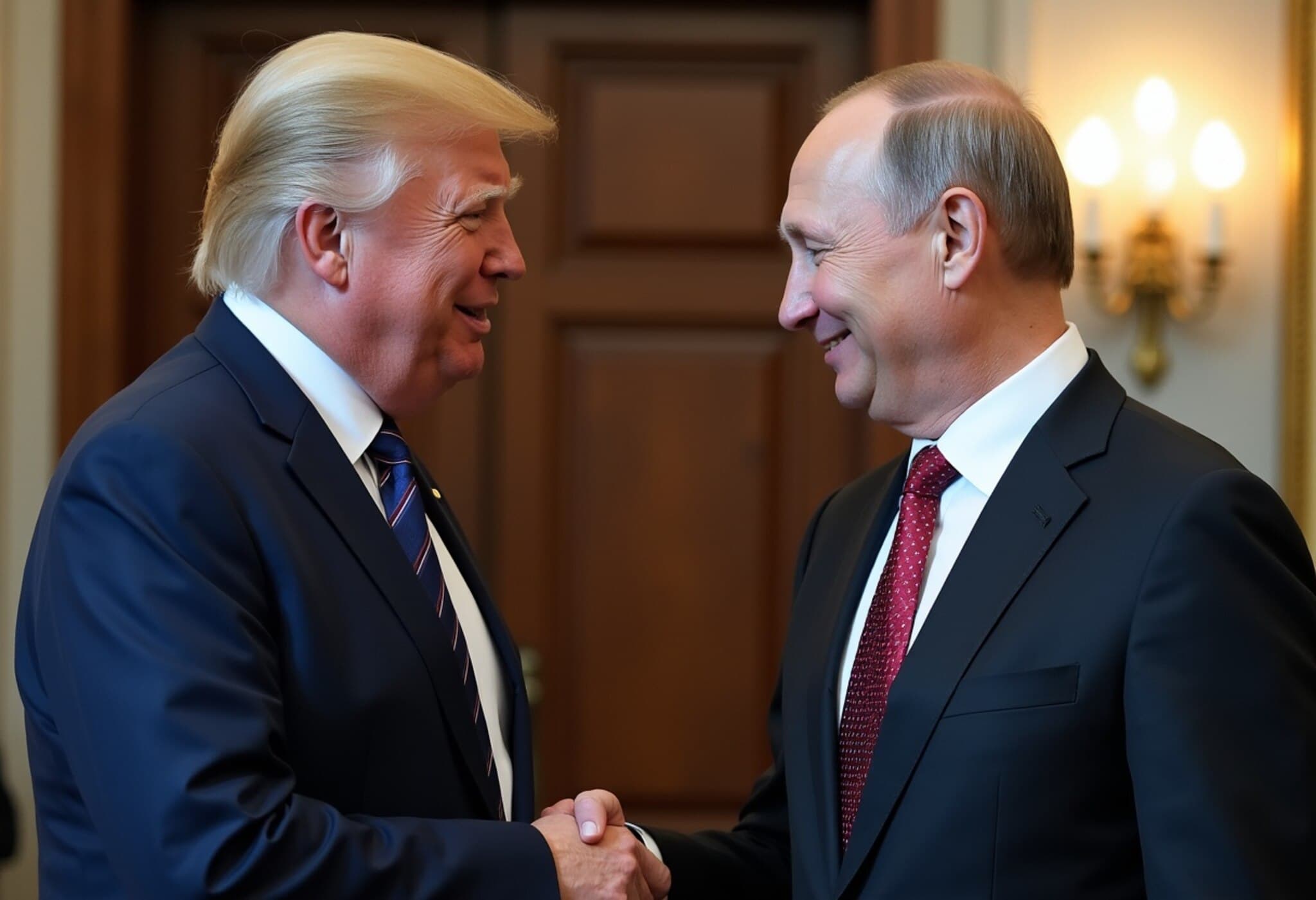Diplomatic Tensions Peak as Ukraine Ceasefire Deadline Approaches
On August 7, 2025, the United States and Russia embarked on tense and pivotal negotiations amid growing international pressure to halt hostilities in Ukraine. The talks come at a crucial juncture, with a narrowly defined ceasefire deadline fast approaching, raising hopes and skepticism in equal measure across the global community.
High-Stakes Discussions Amid Complex Geopolitical Landscape
The ongoing conflict in Ukraine has reverberated worldwide, challenging diplomatic frameworks and testing the endurance of international law. Against this backdrop, American and Russian officials convened to explore pathways toward de-escalation, despite vast divergences in their strategic objectives.
Senior diplomats emphasized that these discussions, while fraught with difficulty, represent the most concerted effort in recent months to break the deadlock. The urgency is palpable as continued fighting threatens regional stability and exacerbates a humanitarian crisis.
Donald Trump's Endorsement Adds Political Flavor to the Dialogue
Adding an unexpected twist to the diplomatic narrative, former President Donald Trump publicly applauded the talks, framing them as a positive step forward. His endorsement underscores the ongoing politicization of foreign policy in the United States, reflecting the complexities at home that influence international negotiations.
Underlying Issues and Broader Implications
Experts note that beyond the immediate goal of a ceasefire, these talks carry wider implications for global power dynamics, especially concerning NATO’s role and the balance of influence in Eastern Europe. The discussions also highlight pressing questions about enforcement mechanisms and the durability of any agreement reached.
What’s at Stake for the US and Russia?
- For the US: Ensuring support for Ukraine’s sovereignty while managing alliances and domestic political pressures.
- For Russia: Securing strategic interests and seeking recognition of its regional influence without incurring excessive international isolation.
Both nations face a delicate balancing act as they weigh immediate tactical gains against long-term diplomatic costs.
Voices Often Overlooked
Often missing from mainstream coverage are the perspectives of Ukrainian civilians enduring the conflict’s harsh realities. Their resilience and calls for peace amplify the human cost behind the geopolitical chessboard, reminding negotiators and observers alike of the lives hanging in the balance.
Looking Ahead: What Comes After the Deadline?
As the ceasefire deadline draws nearer, analysts caution that even a formal agreement might only mark the beginning of a complex implementation phase. Verification, rebuilding trust, and addressing root causes will demand sustained international commitment.
Ultimately, these talks constitute more than just a pause in conflict — they are a test of diplomatic will and the global community’s capacity to foster lasting peace.
Editor’s Note
The US-Russia negotiations on Ukraine underline the tangled interplay between global power politics and human suffering. While the ceasefire deadline offers a vital window of opportunity, success hinges on genuine engagement beyond mere declarations. Readers should watch closely for how these talks may reshape geopolitical alignments, and consider the voices of those whose futures depend on peace.

